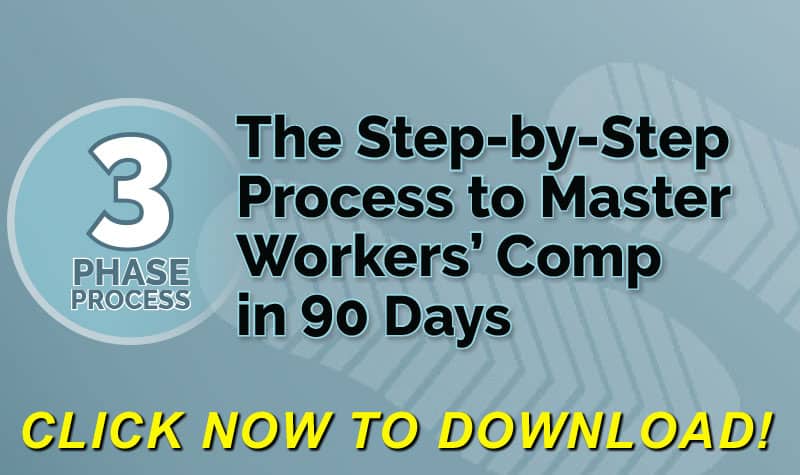The role of the employer after an accident is vital. Unfortunately, it is a misconception that it consists solely of filing a report (C-2) with the carrier and Workers Compensation Board within 10 days. That might be the barest minimum legally possible, but it is rarely adequate for anyone involved in a claim and certainly not for the employer and employee.
An employer trying to complete the Board’s prescribed form for reporting an injury is immediately confronted by puzzling requirements. Many of the questions are for small details which are never part of a compensation adjudication (the employers industrial code) while others allowing a woefully small amount of line space for what might require a lengthy explanation (how did the accident occur). Other parts of the form seem to assume that an accident must have occurred, even though many employers are equally certain that it did not. (WCxKit)
(Attach additional documents to the C-2, where necessary to explain fully what happened.)
The employer should realize that its role is much larger than a single C-2 form. To assist in the proper resolution of a claim (even though that sometimes means a dismissal) the employer should be aware that they frequently have far more information than is requested. The information may be forwarded to a carrier and the Board, taking care that confidential medical information may require special handling.
An employer should make the carrier aware of relevant information which it possesses about the employee’s physical limitations at time of hire, so that these are not automatically assumed to be a consequence of a new injury.
The employer can also list for the carrier known prior injuries, especially those resulting in a lawsuit or compensation claim. The employer can also list prior employers, with dates of work and name address and phone number of the employers.
The employee may have periods of absence due to illness or injury. These should be made known to the carrier. Since a claim is being filed for medical disability, such information must be available to treating doctors and independent examiners.
The employer’s role also extends to maintaining a relationship with the employee. The law imposes upon the employer (not the carrier) the obligation to see that appropriate medical treatment is provided. Calling the employee to make sure that they are under care is entirely appropriate and much appreciated by the worker’s family.
The employer can also begin return to work measures. Asking the worker about the treating doctor’s opinion about possible return to work is not intrusive. In fact, it is essential. (WCxKit)
Being involved means a lot more than the completion of a single form. Remaining an active presence results in faster adjudication, quicker return to work, less wage loss and fewer contested issues.
Author Attorney Theodore Ronca is a practicing lawyer in Aqueboque, NY. He is a frequent writer and speaker and has represented employers in the areas of workers compensation, Social Security disability, employee disability plans, and subrogation for over 30 years. Mr. Ronca has 21 years experience in searching and retrieving medical records and many other types of documents for defense workers Compensation claims. Contact Attorney Ronca at 631-722-2100 or medsearch7@optonline.net
Our WORKERS COMP BOOK: www.WCManual.com
WORK COMP CALCULATOR: www.LowerWC.com/calculator.php
MODIFIED DUTY CALCULATOR: www.LowerWC.com/transitional-duty-cost-calculator.php
WC GROUP: www.linkedin.com/groups?homeNewMember=&gid=1922050/
SUBSCRIBE: Workers Comp Resource Center Newsletter
Do not use this information without independent verification. All state laws vary. You should consult with your insurance broker or agent about workers comp issues.
©2011 Amaxx Risk Solutions, Inc. All rights reserved under International Copyright Law. If you would like permission to reprint this material, contact Info@ReduceYourWorkersComp.com.



















